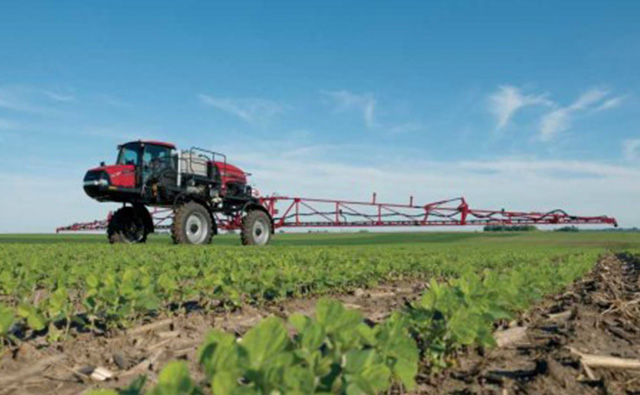Industry News, Fungicides, Agriculture & Feed
Confirm Disease Before Spraying Fungicides

Industry News, Fungicides, Agriculture & Feed

Image: CropLife.com
With the discovery of a soybean disease pathogen that has developed resistance to a common fungicide, it’s more important than ever to make sure fungicide applications are necessary, according to an article on UnitedSoybean.org.
That’s why a soy-checkoff-funded researcher suggests U.S. soybean farmers — and their ag retailers — ensure the presence of disease in fields before applying these products. This increases the chances of a farmer realizing an economic benefit from the application.
Iowa State University Extension Plant Pathologist Daren Mueller, Ph.D., says fungicides work well in fields with confirmed presence of certain diseases, but when applying in the absence of disease – what Mueller calls an insurance or risk-management application – fungicide effectiveness decreases.
“If you have diseases, like frogeye leaf spot, (fungicides) are very good at managing the disease and protecting the plants from yield loss,” says Mueller. “However, these yield increases are less predictable and less consistent in the absence of disease. So it becomes more a decision of the farmer and the agronomist, depending on conditions that year, to decide if and when you should spray.”
Unnecessary applications of fungicides cost farmers time and money. Additionally, every fungicide application increases the chances of pathogens developing fungicide resistance. One strain of the pathogen that causes frogeye leaf spot has already developed resistance to a commonly used class of fungicides.
Mueller encourages farmers to learn to scout and identify soybean rust, brown spot, cercospora leaf blight and frogeye leaf spot. The presence of any of those four diseases makes fungicide applications more advisable.